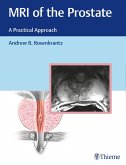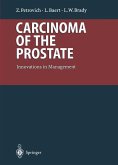Most physicians spend their time working and thinking about the diagnosis and treatment of diseases which occur in their individ ual patients. So it is not surprising that the main subject at urological meetings over the past decade has been the diagnosis and treatment of prostate disease. This situation is likely to continue into the next millennium. Controversy as to the best methods of treating prostate disease is intense as proposals are put forward to rethink apparently firmly established methods of diagnosis and treatment and replace them with new procedures. Important contributions to this debate are now being made by the increasing number of epidemiologists who have taken an interest in prostate disease in recent years. As a practising urologist, I seldom get the opportunity to look beyond the clinical picture of disease, so it was particularly enjoyable for me to participate in an International Symposium on the Epidemiology of Prostate Disease, which was held in the Royal College of Surgeons, Edinburgh, in April 1994. This book, Epidemiology of Prostate Disease is a synthesis of the various contributions made by the international experts who participated in the symposium. As the pace of clinical and laboratory research into the best means of managing and treating prostate disease gathers speed, it will serve us well in the future to stand back for a moment and look, through the medium of epidemiological investigations, at the burden of prostate disease in communities.
Bitte wählen Sie Ihr Anliegen aus.
Rechnungen
Retourenschein anfordern
Bestellstatus
Storno








